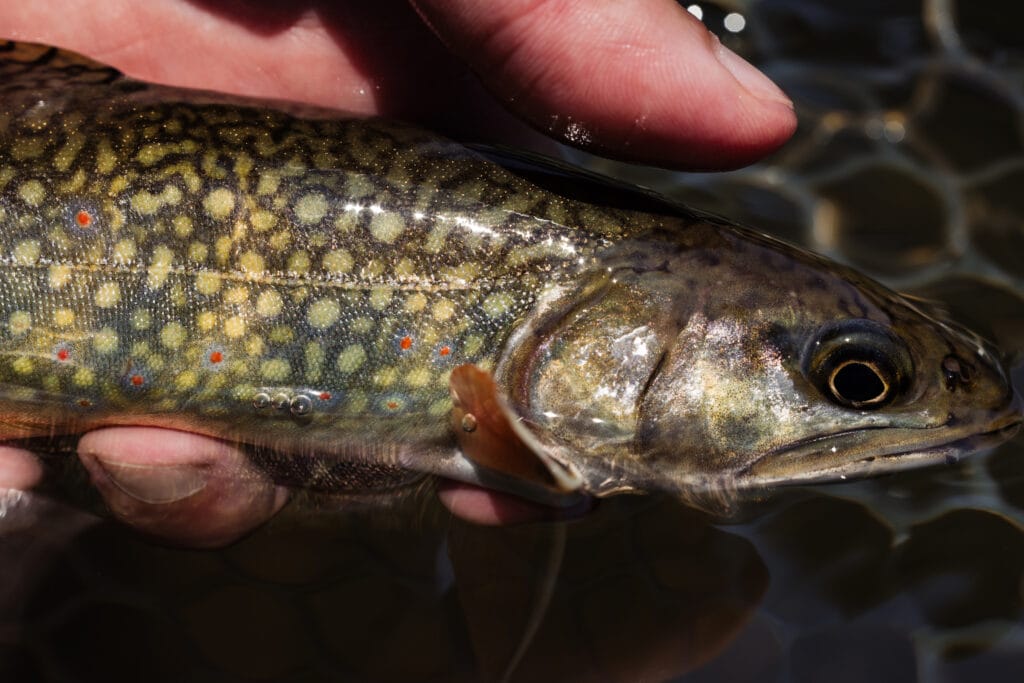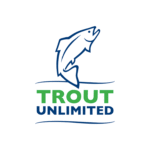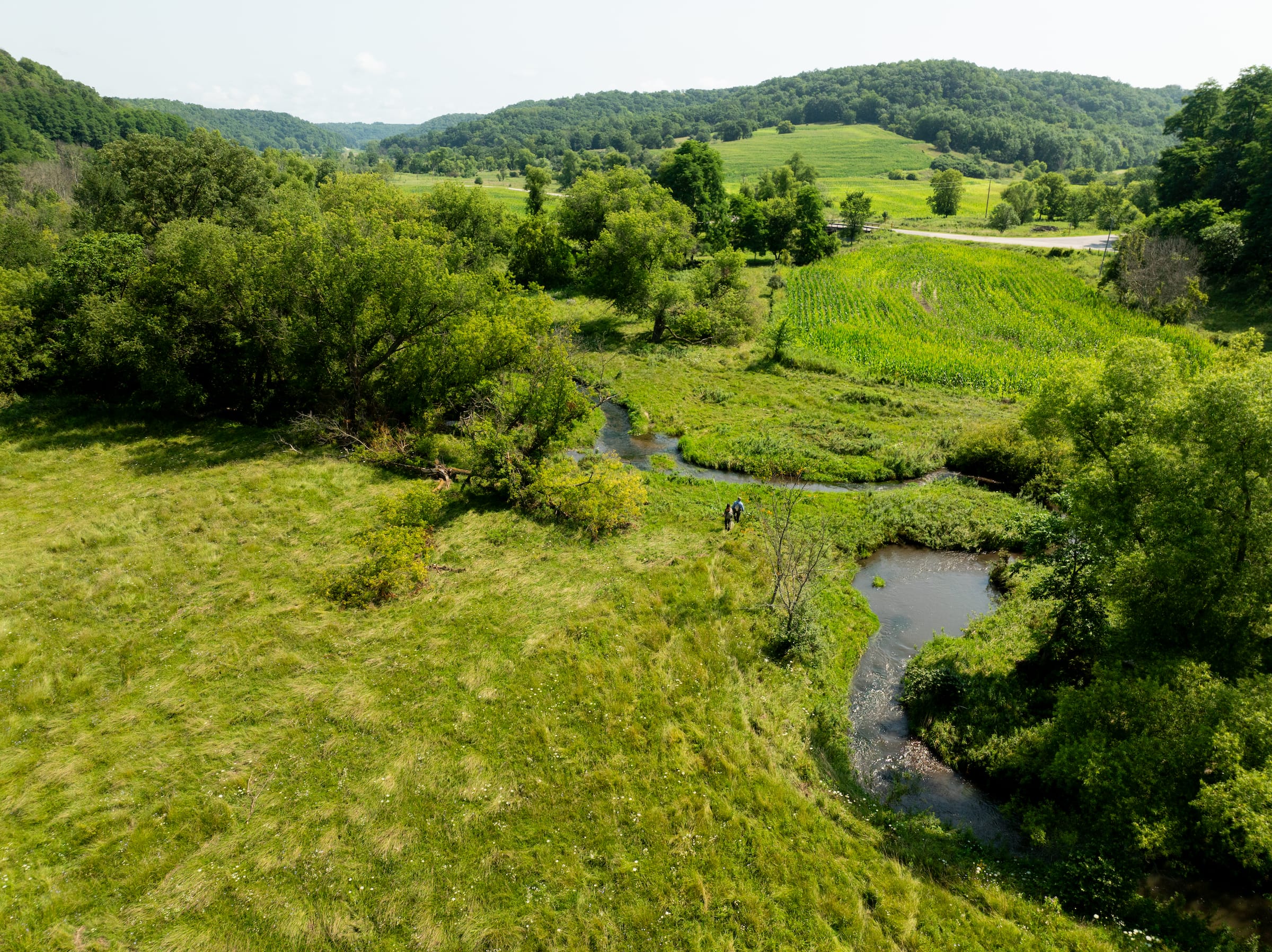Over 135 people attended the 2025 Driftless Symposium hosted by the Trout Unlimited Driftless Area Restoration Effort and the Wisconsin Wetlands Association on Tuesday February 25 in La Crosse, Wisc.
Several common threads emerged among this year’s presentations, highlighting both threats to watershed health and the countermeasures being developed to face those threats.
Threats to watershed health include rising ground water and stream temperatures and the accumulating data demonstrating the danger of pesticides and particularly neonicotinoids. But several promising countermeasures to these threats were also highlighted. These include advancements in managing the Wisconsin Brook Trout Reserve areas, the advanced collection and interpretation of data that will produce a Driftless Brook Trout Portfolio to help promote wise management decisions, and efforts to adapt stream restoration projects to severe weather challenges.

All of the presentations from the 2025 Driftless Symposium are available on the TUDARE You Tube channel.
The Wisconsin Wetlands Association’s decision to host their Wetland Science Conference in La Crosse provided TUDARE an opportunity to coordinate our speakers, workshops and workgroups to encourage relationships and collaboration among people committed to both wetland and watershed restoration.
We saw many familiar faces but also welcomed many new faces from the WWA and from partners in and around the Driftless region. There were lots of great discussions during the breaks and the lunch hour and we were pleased that quite a few of our participants stayed to attend the joint Wisconsin Wetlands Association evening social event. Several of our participants helped to host a fly-casting workshop that was well-received.
On Wednesday morning, more than 30 symposium participants attended the WWA morning keynote presentation by Paul Burns, who presented a process-based stream restoration perspective from the Forest SErvice, primarily in western settings. That session sparked a lot of thinking among our participants who work in private lands conservation.
The keynote was followed by a TU/WWA-crafted symposium on floodplain permitting, which featured speakers with geomorphology, floodplain ecology, flood policy, and stream & wetland restoration experience. This helped to build interdisciplinary thinking and lay the groundwork for further integration of these disciplines in specific restoration project settings.
On Thursday morning TUDARE hosted a morning workshop on infrastructure and fish passage attended by 30 participants. The workshop helped county, town and city officials interact with a wide variety of resource professionals and road construction specialists as they explored nature-based solutions for roads and bridges vulnerable to flooding.
In the afternoon we hosted a workshop on Riparian Forestry attended by 35 participants. This event created a tremendous cross-disciplinary dialogue among stream restoration practitioners, geomorphologists, other resource professionals and Trout Unlimited volunteer leaders. The participants stressed that forests, grasslands, and wetlands all have an important place in Driftless riparian management based on the landscape and the function of a particular area of the stream. Practical considerations including selection of tree species, spacing of plantings, climate change considerations and best practices for watering and maintaining plantings.



